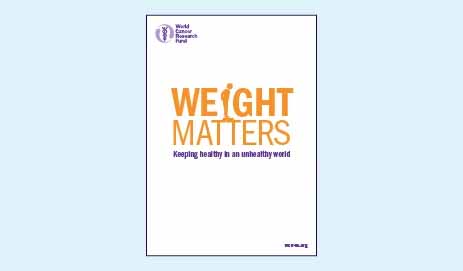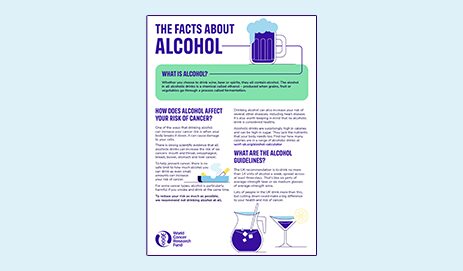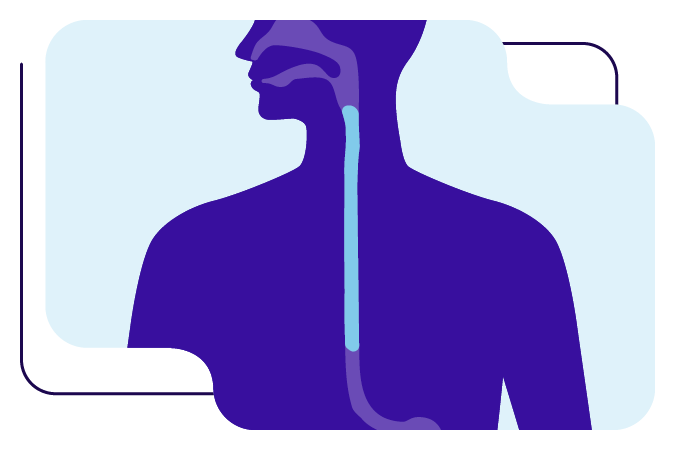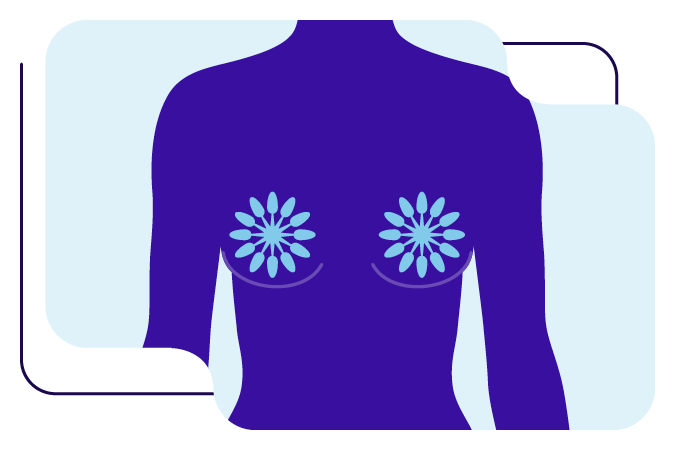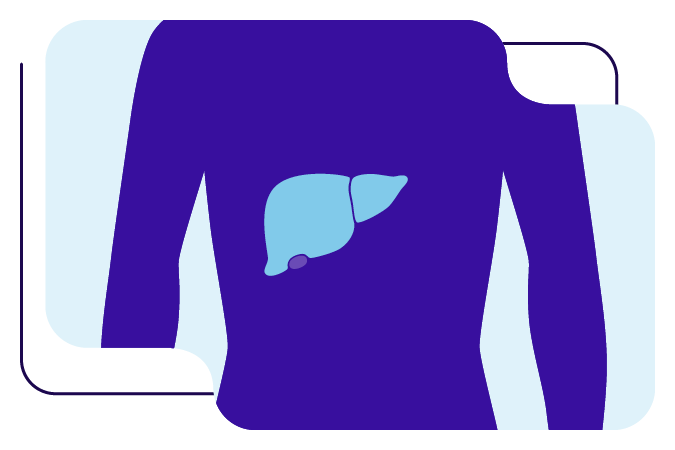Head and neck cancer
What is head and neck cancer? Find out how common it is, the causes, and expert advice on how to reduce your risk.

On this page
What is head and neck cancer?
Head and neck cancer refers to any of more than 30 areas within the head and neck where cancer can develop – but does not include brain tumours.
Head and neck cancer may include cancer of the:
- tongue
- lips
- gums
- tonsils
- lining of the mouth
- throat
The throat (pharynx) leads down from the nose and mouth to the voicebox (larynx). Cancer of the throat is also known as pharyngeal cancer. Cancer of the voicebox is also known as laryngeal cancer.
Head and neck cancers may also be referred to as mouth and oral cancers, or MPL (mouth, pharynx and larynx) cancers.
We have separate pages for oesophageal cancer and nasopharyngeal cancer.
How common is head and neck cancer?
Head and neck cancer is the 9th most common cancer in the UK (2021 data).
Men
Head and neck cancer is the 8th most common cancer in men in the UK.
Women
Head and neck cancer is the 11th most common cancer in women in the UK.
| Region | Cases in men | Cases in women | Year |
|---|---|---|---|
| UK | 7,420 | 3,670 | 2021 |
| Cancer type | Cases | Region | Year |
|---|---|---|---|
| Lip, oral cavity | 268,999 | World | 2022 |
| Larynx | 165,794 | World | 2022 |
| Oropharynx | 86,339 | World | 2022 |
| Hypopharynx | 72,077 | World | 2022 |
| Salivary glands | 30,963 | World | 2022 |
What are the signs and symptoms of head and neck cancer?
There are many possible symptoms of head and neck cancer, depending on where the cancer develops.
Find more information on head and neck cancer symptoms on the NHS website.
Help for you
Our free health guides and cookbooks empower people to reduce their risk of getting cancer. We also help those with a diagnosis cope with treatment, live longer, and enjoy a better quality of life.
Order yours today!
What causes head and neck cancer?
There are many different things that affect your risk of head and neck cancer.
Head and neck cancers are caused by damaged cells, which can grow uncontrollably to form a tumour. When you use tobacco or drink alcohol, your mouth and throat are directly exposed to cancer-causing substances (carcinogens).
Evidence for what causes head and neck cancer comes from large population studies (called epidemiology) and biological studies (where scientists look at cells in a laboratory).
If the risk factors below affect you, this doesn’t necessarily mean that you will develop head and neck cancer.
Smoking
Smoking (or the use of smokeless tobacco, sometimes called “chewing tobacco” or “snuff”) increases the risk of head and neck cancers.
Chewing betel quid (nuts wrapped in a betel leaf coated with calcium hydroxide), with or without added tobacco, increases the risk of mouth and throat cancer.
Alcohol
Drinking alcohol increases the risk of head and neck cancer.
Drinking alcohol and smoking tobacco independently increase the risk of head and neck cancers. However, the risk is greater if you smoke AND drink alcohol.
As much as 90 per cent of mouth cancers worldwide are attributable to tobacco, alcohol or a combination of the 2 together.
Weight
Living with overweight or obesity increases the risk of head and neck cancer.
HPV
Infection with human papilloma virus (HPV) increases the risk of head and neck cancer. Around 72% of oropharyngeal cancer is linked to high-risk HPV infection.
Occupational exposure
Asbestos increases the risk of voicebox cancer.
Gender
Head and neck cancer is 3 times more common in men than in women. This may be related to higher rates of smoking among men.
Age
Older people are more at risk of developing head and neck cancer.
Other risk factors
Our Expert Panel of scientists has also looked at other things that may be linked with the risk of head and neck cancer. We have some evidence that the following risk factors may affect the risk of head and neck cancer. However, the evidence for a link is less strong than the risk factors listed above.
There is some evidence that:
- non-starchy vegetables may decrease the risk of head and neck cancer.
- healthy dietary patterns may decrease the risk of head and neck cancer.
- coffee may decrease the risk of head and neck cancer.
- maté may increase the risk of head and neck cancer. The link between maté and cancer is likely the hot temperature that it is drunk at, rather than something in the drink itself. Most studies only find a link with cancer at hot and very hot temperatures.
For scientists: full references, pathogenesis and a summary of the mechanisms underpinning our findings on how to prevent head and neck cancer can be found in our 2018 mouth, pharynx and larynx cancer report.
Reduce your risk of head and neck cancer
Following our Cancer Prevention Recommendations reduces your risk of head and neck cancer. If you have been diagnosed with cancer, following our Recommendations can reduce the risk of cancer returning.
Don’t drink alcohol
Drinking alcohol increases the risk of head and neck cancer and other cancers. To reduce your risk of cancer, we recommend not drinking alcohol at all.
> Expert tips on reducing how much alcohol you drink
Be a healthy weight
Reaching – and staying at – a healthy weight can reduce your risk of head and neck cancer, many other cancers, and other diseases.
But it’s not easy. Visit our weight and cancer page for more information about how weight affects the risk of developing cancer, and support to help you stay a healthy weight.
You can also read about how our Policy team encourage governments to make it easier for everyone to be a healthy weight.
> Helping to make the healthy choice the easy choice
Don’t smoke
You can reduce your risk of head and neck cancer by not smoking. If you do smoke, giving up smoking will reduce your risk.
In the UK, the NHS stop smoking service can help you quit.

Head and neck cancer survival
Our Living with cancer section can help if you are living with head and neck cancer.

